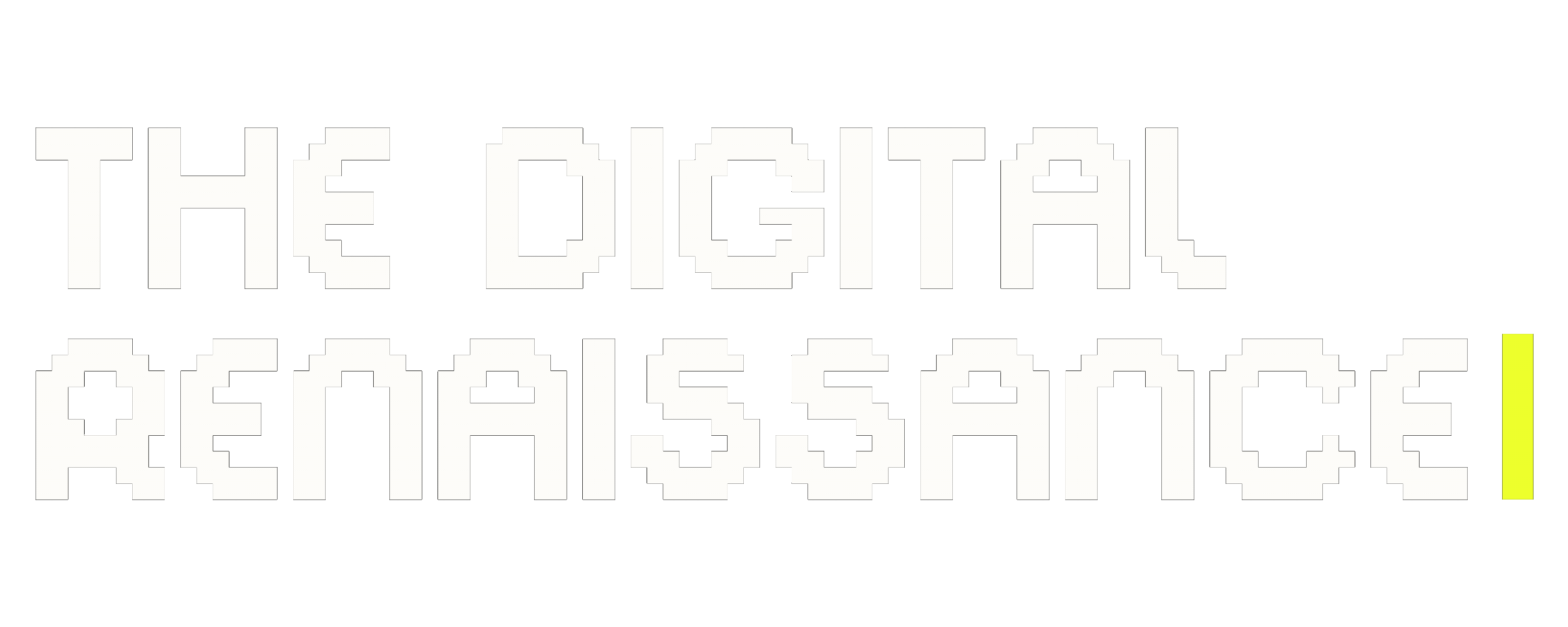The Post-Natural Frontier: Why Bioengineered Dire Wolves Signal a New Era of Ecological Invention
EMERGING TECH & INNOVATIONTECH ETHICS, SOCIETY & INVESTMENT
Introduction: The Wolf Returns, But Not As We Knew It
When Romulus, Remus, and Khaleesi — the world’s first "functional dire wolves" — were born in late 2024 and early 2025, the headlines were understandably sensational. Colossal Biosciences, a Texas-based synthetic biology startup, had engineered these canines by editing 14 genes in gray wolf DNA to emulate traits of the extinct Aenocyon dirus: broader skulls, larger bodies, and striking white coats. To some, it was a miracle of science; to others, an unsettling echo of Jurassic Park. Yet, beneath the spectacle lies a deeper transformation — one not just about wolves or even extinction, but about the evolving definition of nature itself.
The End of the Untouched Wild
For centuries, conservation has aspired to preserve — or in some cases, restore — ecosystems to a pre-industrial, pre-human state. That model no longer fits our world. In an Anthropocene era shaped by climate instability, species collapse, and engineered landscapes, the "wild" is no longer untouched. Increasingly, it is designed.
Colossal's dire wolves are not clones or resurrected species; they are proxies. Engineered not to recreate the past, but to fulfill similar ecological functions in a future Earth. This is the essence of functional de-extinction, and it marks a critical threshold: the move from preserving nature to programming it.
The Rise of the Post-Natural Mindset
In this post-natural paradigm, ecosystems are no longer static backdrops but dynamic, editable systems. Synthetic biology, CRISPR, and precision genetics offer tools not just for healing but for redesigning the biosphere. Instead of asking "How do we protect what was?", we now face the question: "What should we build?"
Dire wolves are the flashpoint. They may soon be followed by mammoth-elephant hybrids to restore Arctic grasslands, genetically hardened corals to save reefs, or bioengineered keystone species that can resist heatwaves and drought. Whether these interventions succeed or destabilize the ecosystems they’re meant to protect remains an open question — but the direction is clear.
Ecological Innovation or Hubris?
Critics rightly caution that what we can engineer isn’t always what we should. The dire wolf project, for all its intrigue, raises concerns:
Genomic Simplification: Editing a few dozen traits doesn’t capture the full ecological behavior or co-evolutionary dynamics of extinct species.
Unknown Impacts: Engineered apex predators could disrupt existing ecosystems or outcompete endangered species.
Ethical Ambiguity: Are we solving for extinction, or creating spectacle?
Yet, dismissing de-extinction outright may overlook its potential. As climate change accelerates, natural evolution may be too slow. In this context, functional proxies might be the only feasible form of adaptation.
The New Role of the Human Steward
What emerges is a vision of humanity not just as caretakers, but as curators of planetary life. This is a profound shift in ecological ethics. No longer passive observers, we are active agents in shaping multi-species futures. The return of the dire wolf — however partial or symbolic — is a signal that our species has crossed a Rubicon.
The question now isn’t whether we should intervene in nature. It’s whether we are ready to take responsibility for the worlds we are about to create.
Conclusion: A Future We Must Design Carefully
Bioengineered dire wolves are not the past revived — they are the future imagined. In them we glimpse both promise and peril: a new epoch where we can rewrite extinction, re-wild at scale, and rethink what it means to coexist. But this power demands wisdom, not just innovation.
The frontier is no longer out there. It’s within the genome, the ecosystem, and the imagination. And as with any frontier, what we do next will define the legacy we leave behind.
